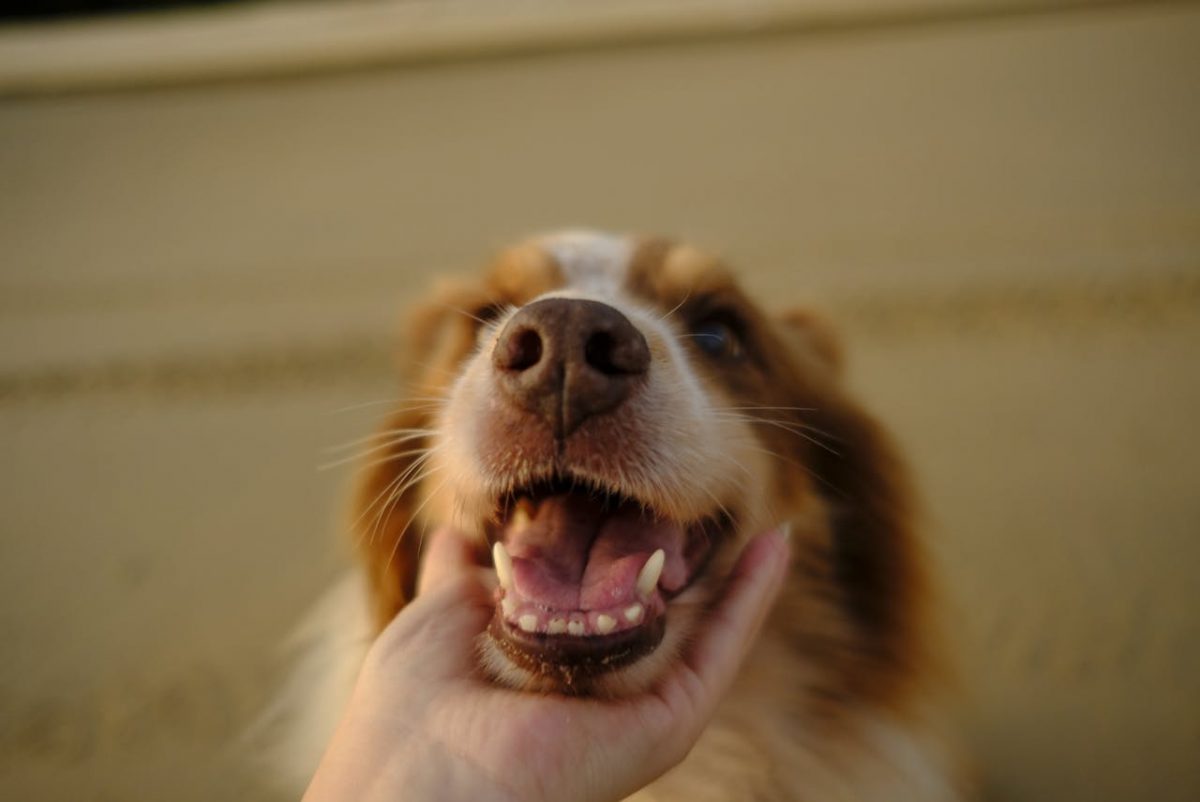Revolutionizing Veterinary Dental Extractions: The Crown Amputation Technique
In the intricate world of veterinary dentistry, extracting a tooth is more than just a pull—it’s a meticulous dance of precision and care. Traditional methods, while effective, come with their share of complications such as root fractures and excessive bleeding, particularly in cases involving severe periodontal disease.
However, a transformative approach known as crown amputation-assisted extraction is changing the game, offering a safer, quicker, and less stressful alternative for both pets and practitioners.
When Is Tooth Extraction Necessary?
Tooth extraction becomes necessary under several conditions, including:
- Advanced Periodontal Disease: This includes cases with significant attachment loss, deep probing depths, and severe mobility or recession.
- Fractured Teeth: Particularly those where the pulp is exposed or there’s internal resorption, and endodontic therapy isn’t feasible.
- Tooth Resorption: Especially when it’s extensive or affects the oral cavity.
- Feline Gingivostomatitis: Where partial or full-mouth extractions may be required depending on the response to other treatments.
- Supernumerary and Persistent Primary Teeth: These can lead to crowding and malocclusion, necessitating removal.
Challenges of Traditional Extraction Techniques
Traditional extraction techniques, though widely used, are not without their pitfalls. These include:
- Root Fracture: Often a result of applying excessive force.
- Hemorrhage: Can occur if the neurovascular bundles are damaged during the procedure.
- Mandibular Fracture: A risk in patients with significant periodontal bone loss.
The Crown Amputation Advantage
Crown amputation involves removing the crown of the tooth first, which significantly enhances surgical visibility and reduces the force needed during the procedure. This method not only minimizes the risk of complications but also leads to better overall outcomes. Benefits include:
- Reduced Surgical Time: Quicker procedures mean less stress for the patient and the practitioner.
- Decreased Bleeding: Less invasive techniques result in minimal blood loss.
- Easier Root Access: With the crown out of the way, roots can be more easily and safely accessed and removed.
Essential Tools for Crown Amputation
A well-prepared surgical tray for crown amputation should include:
- Scalpel blades for precise incisions.
- Surgical burs for creating a moat around the tooth.
- Specialized elevators and extraction forceps for gentle and effective root extraction.
- Diamond burs for smoothing any rough bone edges post-extraction.
Step-by-Step Guide to Crown Amputation
1. Administer Local Anesthesia: Ensure the patient is comfortable and pain-free.
2. Make a Sulcular Incision: This involves cutting around the tooth to sever the periodontal ligament.
3. Expose the Tooth: Use a flap technique to reveal the tooth structure for easier access.
4. Section the Tooth: Divide the tooth into manageable pieces, starting at the crown.
5. Remove the Crown: This improves visibility and access to the roots.
6. Extract the Roots: With specialized tools, carefully remove the root pieces.
7. Smooth the Bone: Contour any sharp edges to prevent tissue damage.
8. Close the Surgical Site: Suture the flap back in place for optimal healing.
A Win-Win for Veterinary Dentistry
Adopting the crown amputation technique in veterinary practices not only simplifies the extraction process but also enhances patient safety and recovery. As veterinary dentistry continues to evolve, techniques like crown amputation represent a significant step forward in improving both the care provided and the wellbeing of our furry patients.
Dr. Jan Bellows, a pioneer in this field, exemplifies the dedication to advancing veterinary dental practices, ensuring that our pets receive the best care possible in the most humane and efficient way.



